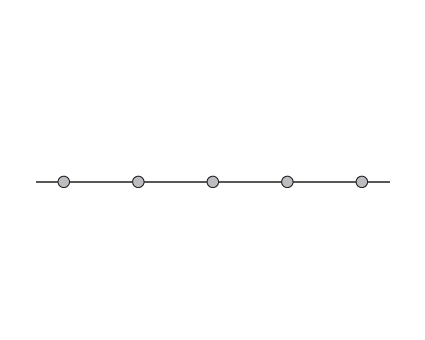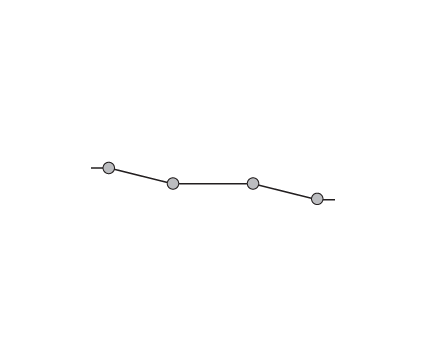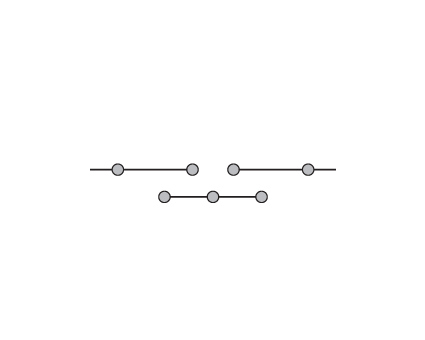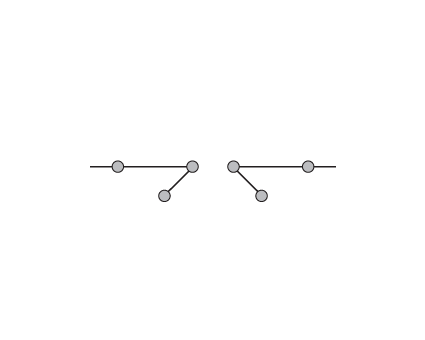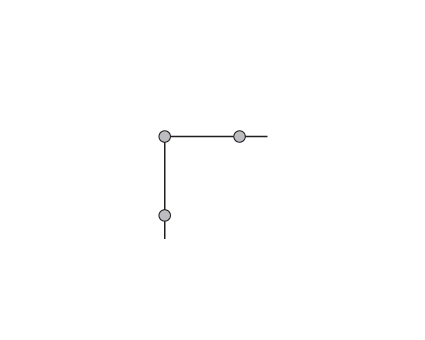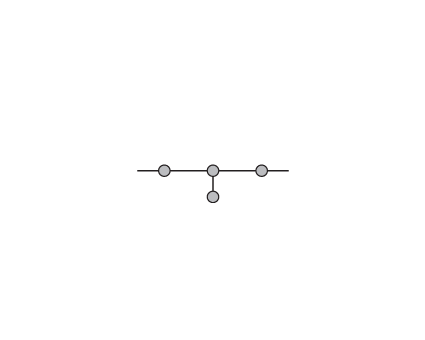The Protective Barrier PROBAR®
Is a safety system designed and developed to specifically prevent unwanted intentional or accidental vehicle access into protected and defined secure areas and spaces such as civil pedestrian walkways, government compounds, military facilities etc.
- Quick and easy to install into prepared foundations.
- Easy setting and regulating of the braking-force energy absorption system.
- Increased effectiveness by the use of posts and cables in the shock absorption system.
- Aesthetic adaptation to meet the local environmental regulations.
- The ability to dismantling part of the barrier while maintaining the full functionality of the rest of the system.
- The PROBAR® System allows the creation of various geometric shapes - right angles etc - whilst still maintaining the full functionality and efficiency of the barrier.
The PROBAR® System consists of four key elements:
SYSTEM DESIGN SOLUTIONS:
Anchoring to the ground
The methods of anchoring the barrier to the ground is dictated by the geotechnical characteristics and structure of the barrier site/ground.
Steel Cabling
The steel cables are threaded through the holes in the individual posts. The cabling is arranged at two different heights to provide maximum effectiveness in the capture of the unwanted vehicle.
Steel Posts
They are constructed of a hollow steel column with holes for the acceptance of the metal cables in preparation for the installation of the energy absorption system. The system comes with three post types: End, Continuous and Connecting. The posts are fitted with a steel foot-plate with holes for anchoring them into the prepared ground. The standard axial distance between the posts is 3.5m, with the possibility of reducing the spacing according to the customer's needs and requirements.
Energy absorption system
When activated, the newly developed energy absorption system acts as a dynamic brake by gradually increasing the braking force to stop the vehicle. The advantage of this energy absorption system is the ability to regulate the braking effectiveness, either by setting the level of the braking power of each section or by increasing or decreasing the number of individual braking sections.
Examples of the shape solution of the PROBAR® System
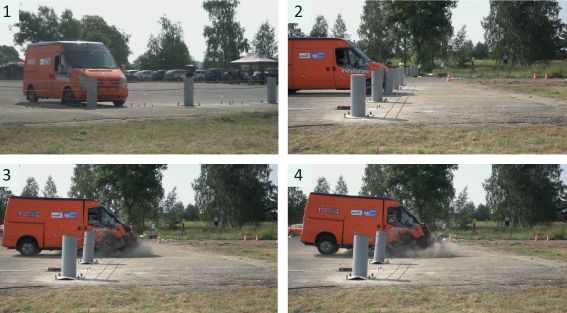
Selected details of the vehicle impact and the overall movement of the PROBAR®
- First contact
- The first local maximum acceleration - column deformation
- Moment during maximum acceleration
- Maximum barrier penetration

